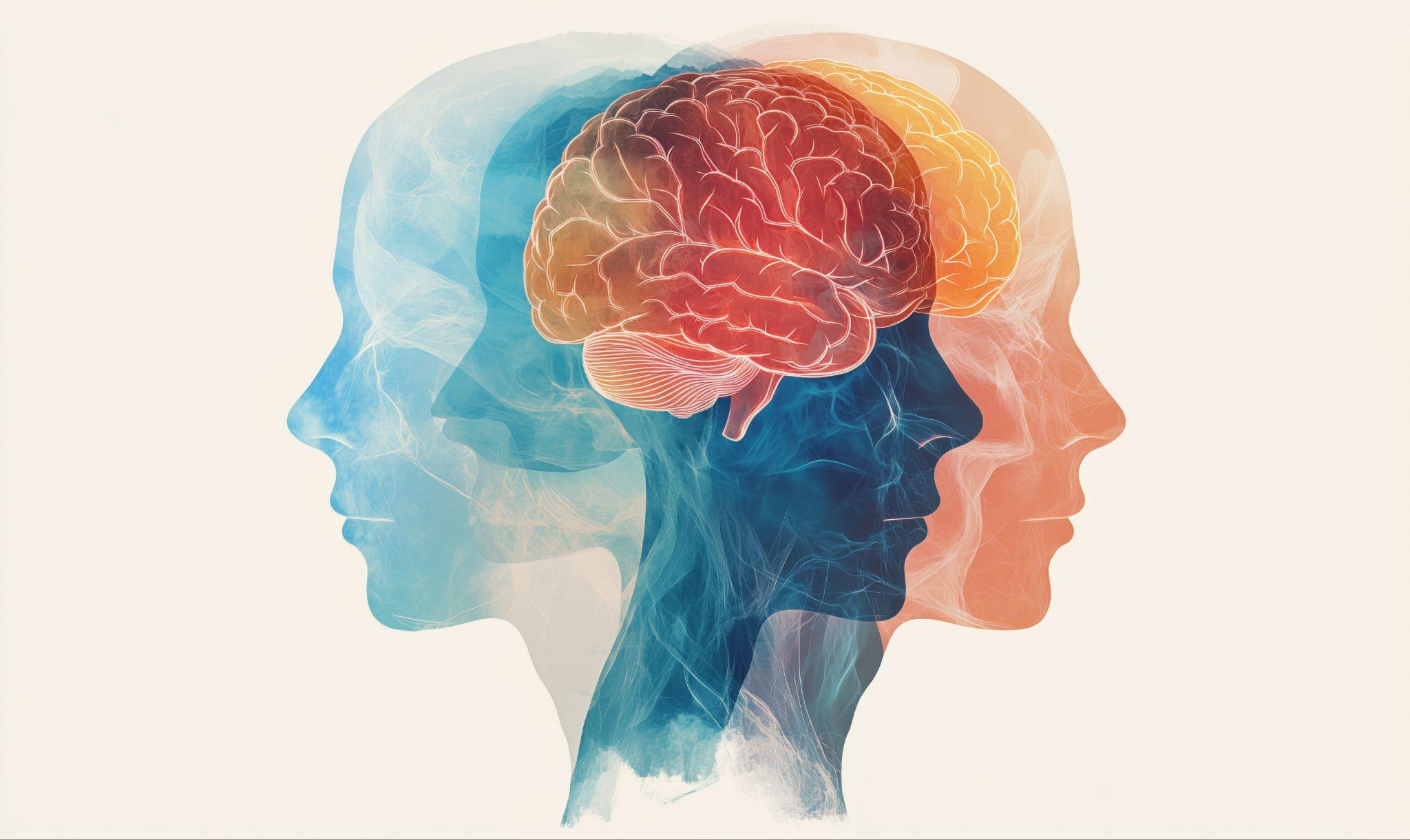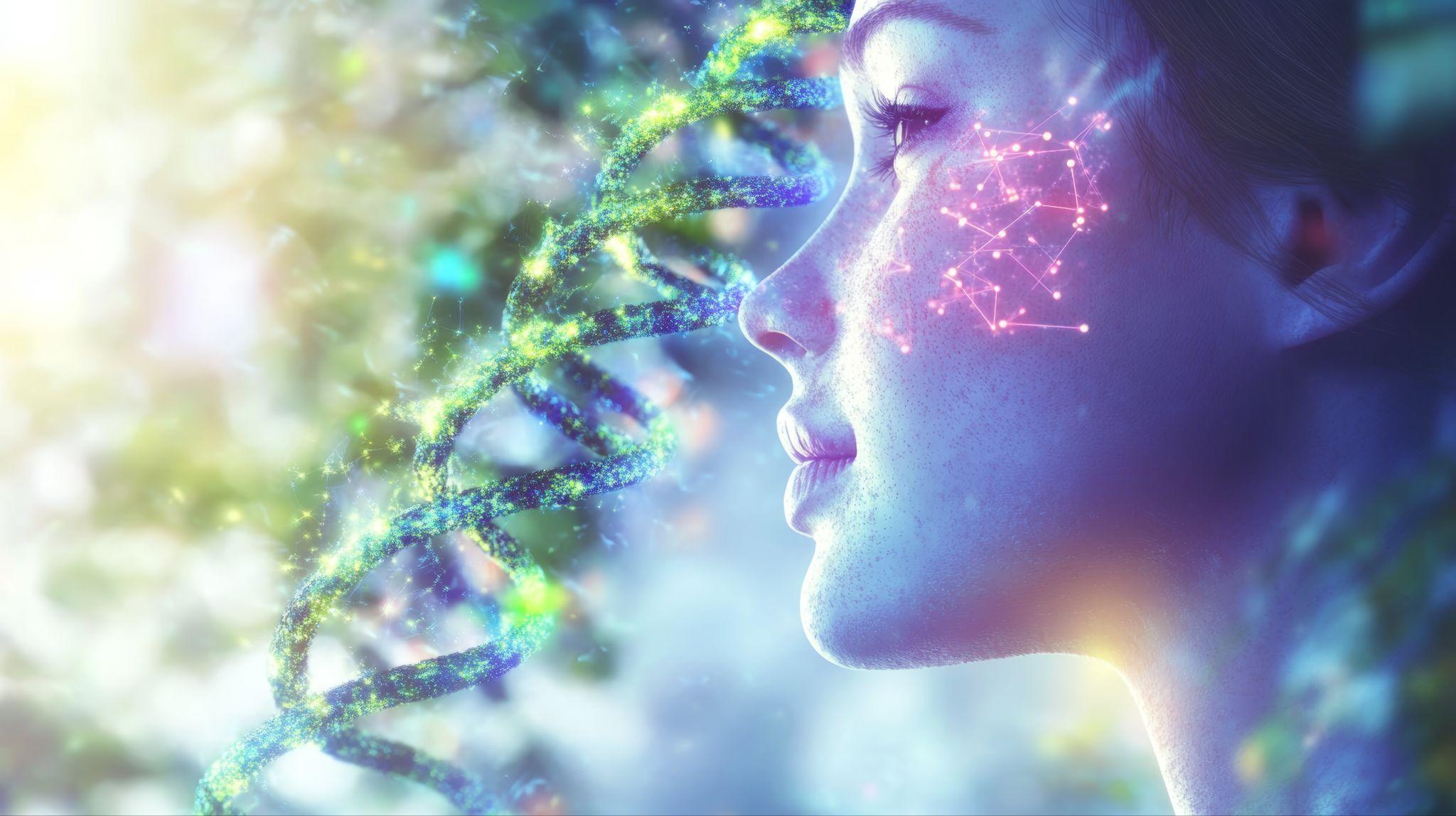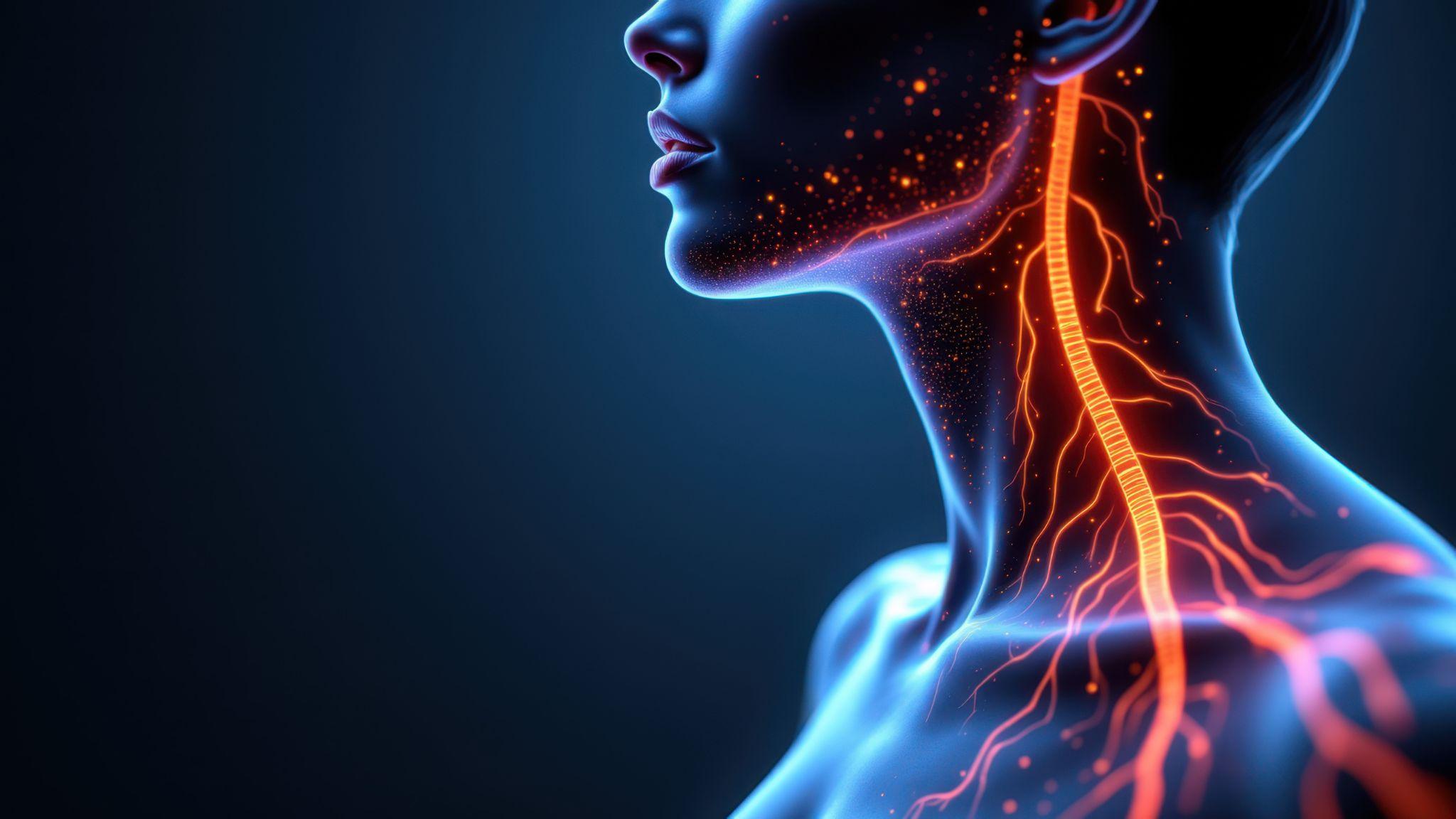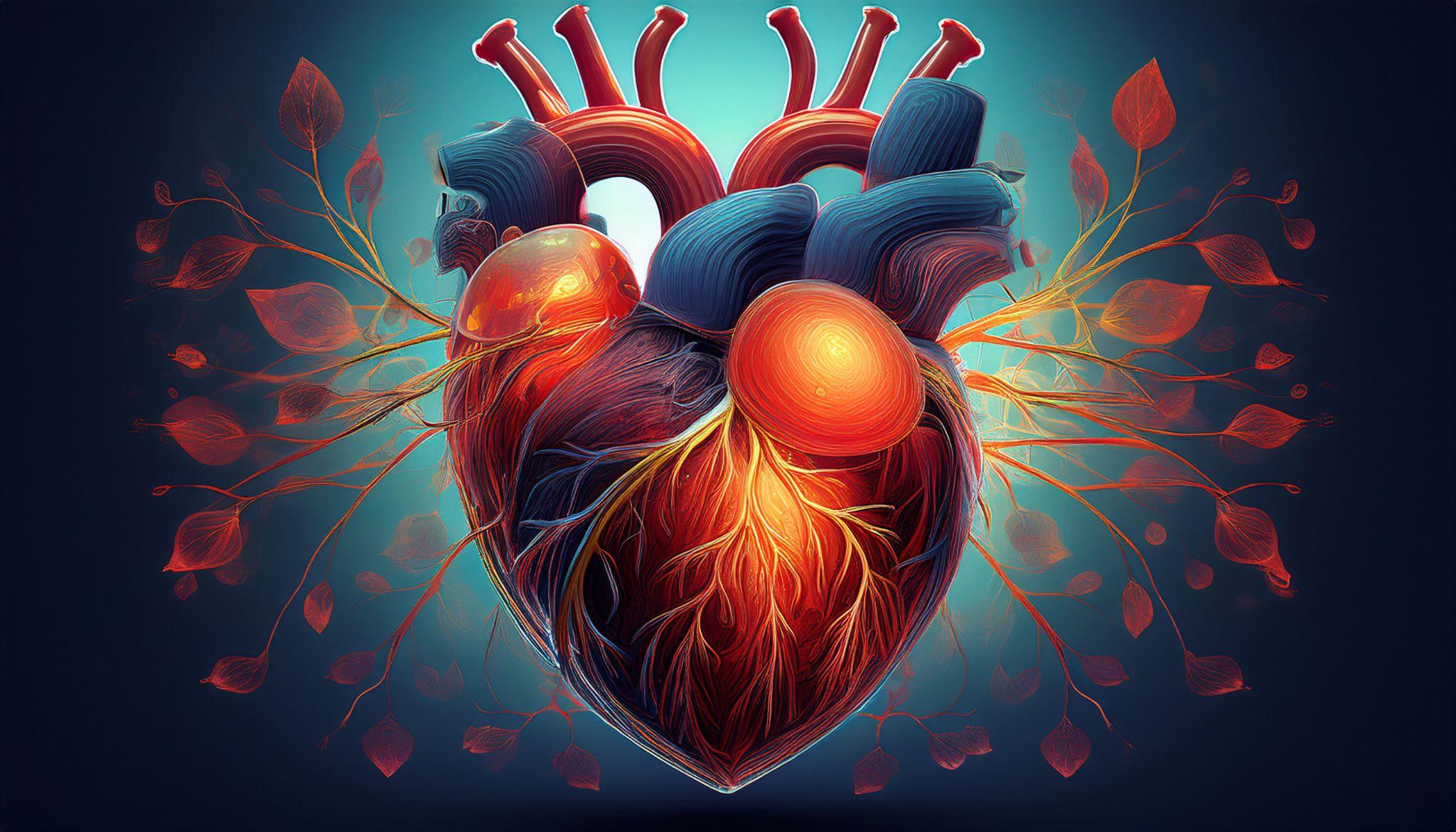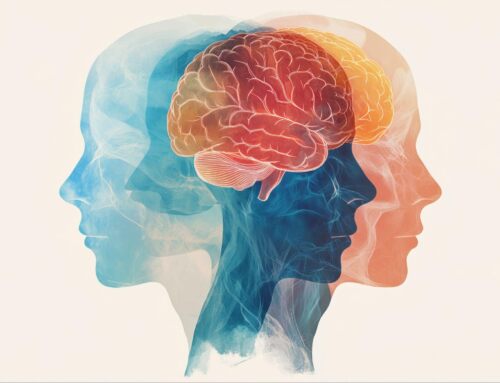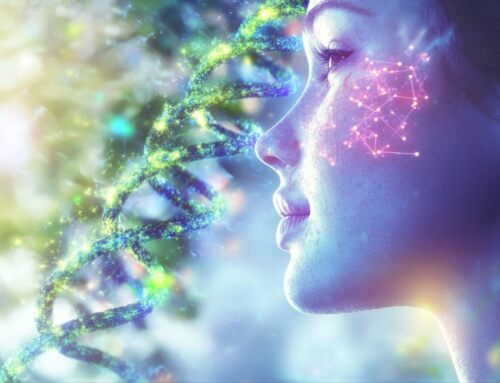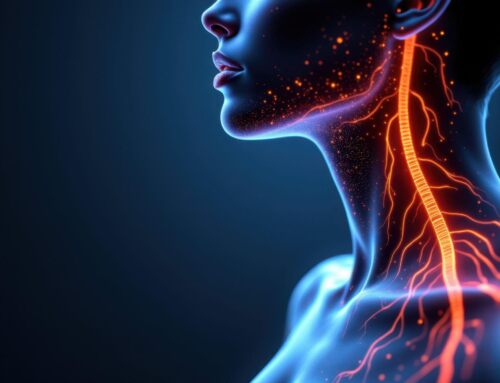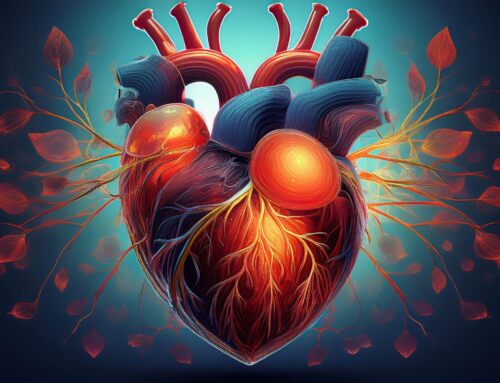Restoring Balance: A Deep Dive into Harnessing Nitric Oxide for Menopausal Health and Well-being
Menopause is marked by a substantial decline in endogenous estrogen, triggering a cascade of physiological alterations across vascular, neurological, immune, and reproductive systems. One critical, yet underappreciated consequence is the reduction in nitric oxide (NO) synthesis. This is significant because NO, a gaseous signaling molecule produced via nitric oxide synthase (NOS), plays essential roles in vascular regulation, neurotransmission, immune modulation, and sexual behavior. The interplay between estrogen and NO is central to understanding the pathophysiology of menopause-related symptoms, while offering encouraging avenues for therapeutic intervention (1).
Nitric Oxide – A Homeostatic Regulator of Systemic Health
Nitric oxide plays an integral role in governing homeostasis across multiple body systems. Produced by three isoforms—neuronal (nNOS), endothelial (eNOS), and inducible (iNOS)—nitric oxide modulates vascular tone, oxygen delivery, immune activity, neurotransmitter function, and cellular repair. Despite its fleeting presence in the body, NO exerts long-lasting effects by initiating signal cascades essential for tissue vitality and resilience.
In the vasculature, NO causes smooth muscle relaxation, promoting vasodilation and optimal perfusion. It also neutralizes reactive oxygen species (ROS), protecting cells from oxidative damage. These functions become increasingly important during the estrogen-deficient state of menopause (2-3). In the brain, NO facilitates neurotransmission, supporting motivation, mood stability, and memory consolidation. Its importance in both central and peripheral physiology makes it especially relevant to the complex symptomatology of menopause.
Estrogen’s Role in NO Synthesis
Estrogen is a pivotal modulator of NO production, particularly through its activation of eNOS. It enhances eNOS gene expression and signaling via the phosphatidylinositol 3-kinase (PI3K)/AKT pathway, while also increasing intracellular calcium levels that support NOS activation (4). Through these mechanisms, estrogen helps sustain NO synthesis and bioactivity across the cardiovascular and nervous systems.
As estrogen levels fall during menopause, these signaling pathways become compromised. Reduced eNOS activity and increased oxidative stress result in diminished nitric oxide production and availability (5). In addition, estrogen deficiency impedes production of antioxidant enzymes, such as glutathione, further exacerbating redox imbalance (6-8). Notably, in the absence of sufficient cofactors such as tetrahydrobiopterin (BH4), NOS becomes “uncoupled” and generates superoxide instead of NO, further inducing inflammation and endothelial dysfunction.
Menopausal Symptomatology & NO Decline
The reduction in NO during menopause contributes to a wide spectrum of symptoms. Endothelial dysfunction manifests as vascular stiffness, elevated blood pressure, and reduced peripheral circulation—hallmarks of cardiovascular aging in postmenopausal women (1, 9-10). These alterations not only increase cardiovascular risk but also worsen vasomotor symptoms, such as hot flashes, which are associated with impaired thermoregulation due to poor vasodilatory capacity.
On a cellular level, reduced NO impedes mitochondrial function and oxygen utilization, resulting in fatigue, metabolic inflexibility, and compromised skin and hair health (11-12). Additionally, nitric oxide has been shown to support telomere stability and lymphatic flow, placing it at the intersection of cellular aging and systemic renewal (13- 14).
Neurologically, NO serves as a neuromodulator that supports neurotransmitter balance and neuroplasticity. Its interactions with dopamine, serotonin, and norepinephrine pathways underlie emotional stability and cognitive clarity (15). The loss of NO in conjunction with estrogen disrupts these systems and is associated with increased rates of depression, anxiety, and cognitive impairment in menopausal women (1, 16).
Central Nervous System Effects: NO & Sexual Behavior
NO plays a central role in the regulation of sexual function via its neuromodulatory effects. In the central nervous system, nitric oxide is produced by nNOS and participates in a complex network involving neurotransmitters and neuropeptides. Key brain regions influenced by NO include the hypothalamus, ventral tegmental area (VTA), hippocampus, amygdala, bed nucleus of the stria terminalis (BNST), and spinal cord.
Neurobiological studies have identified several critical neural circuits that underlie the regulation of sexual behavior and physiological arousal. Oxytocinergic neurons originating in the paraventricular nucleus (PVN) project to the medulla, spinal cord, and limbic structures, including the VTA and amygdala, coordinating arousal and autonomic response. Dopaminergic pathways from the VTA modulate sexual motivation and reward via projections to the nucleus accumbens and prefrontal cortex. Glutamatergic circuits linking the prefrontal cortex, medial preoptic area (mPOA), and PVN are central to anticipatory and consummatory sexual responses. Connections from the ventromedial nucleus (VMH) to the periaqueductal gray and spinal cord further govern sexual reflexes, including lordosis behavior in females.
Upon sexual stimulation—whether physiologic or pharmacologic—NO is released in regions such as the mPOA, PVN, and VMH. These areas play distinct roles: the mPOA and PVN regulate performance and arousal, while the VTA and amygdala are more involved in motivation and emotional responsiveness (17). Menopause-associated declines in estrogen compromise NOS expression in these brain regions, reducing both desire and performance.
Animal studies further demonstrate estrogen’s priming role in the VMH for NO-mediated sexual receptivity. Progesterone appears to enhance this effect by promoting NO-mediated gonadotropin-releasing hormone (GnRH) and luteinizing hormone (LH) release, facilitating behaviors such as lordosis in estrogen-primed ovariectomized rodents (18). While human sexual behavior is far more complex, neuroimaging and neuroanatomical studies confirm the involvement of homologous regions in human arousal and sexual reward processing.
Mood, Neurotransmitters, & Neuromodulation
NO is integral to mood regulation. It facilitates neurotransmitter release—particularly dopamine, serotonin, and norepinephrine—and interacts with brain-derived neurotrophic factor (BDNF) to support neuroplasticity and emotional resilience (15). These interactions are vital for cognitive performance, stress regulation, and motivational behavior.
Menopause is associated with an increased risk of mood disorders. The concurrent loss of both estrogen and NO disrupts serotonergic and dopaminergic signaling, increasing vulnerability to anxiety, depression, and memory decline (1, 16). NO also plays a protective role in maintaining blood-brain barrier (BBB) integrity. Estrogen deficiency, combined with reduced NO, compromises BBB function, increasing exposure to neurotoxic cytokines and promoting neuroinflammation—a contributor to brain fog and depressive symptoms in postmenopausal women.
Sexual Function & the NO-Estrogen Axis
NO is fundamental to both the peripheral and central components of female sexual function. Peripherally, NO mediates clitoral engorgement, vaginal lubrication, and increased genital blood flow. Centrally, it modulates neural circuits involved in sexual desire, arousal, and orgasm. These circuits include the mPOA, PVN, and VMH, which, together with the VTA, hippocampus, amygdala, and spinal cord, integrate hormonal and sensory inputs to regulate sexual responsiveness (19).
Estrogen enhances NOS expression in these brain regions, sensitizing them to sexual stimuli and facilitating nitric oxide signaling. In animal models, estrogen-primed activation of the mPOA and VMH increases NO production and promotes lordosis behavior, a key marker of sexual receptivity. Progesterone further augments this effect by supporting NO-mediated GnRH and LH release, which act in synergy to facilitate reproductive behaviors (18). These findings reinforce earlier discussions by highlighting the NO-estrogen axis as a pivotal driver of central sexual function.
While human sexual behavior is influenced by psychosocial, relational, and contextual factors, the underlying neuroendocrine mechanisms are evolutionarily conserved. Accordingly, menopause-associated declines in estrogen lead to reductions in central NOS activity, contributing to diminished libido, impaired arousal, vaginal dryness, and reduced orgasmic satisfaction.
Immune Regulation & Inflammation
Estrogen and NO collaborate in immunomodulation. Estrogen downregulates pro-inflammatory cytokines such as IL-6 and TNF-α, while nitric oxide exerts anti-inflammatory effects through immune cell regulation. Menopause disrupts this synergy, resulting in systemic inflammation, immune imbalance, and increased susceptibility to autoimmune flare-ups (16).
This dysregulation not only contributes to fatigue and pain but also interferes with immune surveillance and neuroimmune communication. With estrogen’s withdrawal, NO’s immunoprotective effects diminish, opening the door to a host of chronic inflammatory conditions and mental health comorbidities.
Neuroimmune Modulation & BBB Integrity
As noted, NO plays a crucial role in maintaining the integrity of the blood-brain barrier (BBB). It modulates endothelial tight junctions and regulates leukocyte migration. The loss of estrogen and NO during menopause compromises BBB function, allowing peripheral inflammatory cytokines and neurotoxic substances to penetrate the CNS (16). This breach in barrier function contributes to neuroinflammation, exacerbating mood instability, cognitive dysfunction, and susceptibility to neurodegenerative disorders.
Nutritional & Microbiome Influences on NO Bioavailability
NO synthesis depends on substrate availability, enzymatic cofactors, and microbiome activity. L-arginine and L-citrulline serve as primary substrates, while cofactors such as tetrahydrobiopterin (BH4), zinc, magnesium, and folate are essential for optimal NOS function. The nitrate–nitrite–NO pathway, which converts dietary nitrates into bioactive NO, is strongly influenced by the health of the oral and gut microbiome (20). Nutritional strategies that emphasize nitrate-rich vegetables (leafy greens, beets), support microbial diversity, and reduce oxidative stress can help restore and sustain nitric oxide bioavailability.
Maintaining adequate stomach acid and microbial diversity is critical for sustaining this pathway, as dysbiosis, proton pump inhibitor (PPI) use, or hypochlorhydria can significantly impede nitric oxide (NO) production (21–23).
Lifestyle Strategies to Support NO Synthesis
Lifestyle behaviors profoundly influence NO production. Aerobic exercise upregulates eNOS and enhances endothelial function (24). Other practices—such as circadian rhythm alignment, sunlight exposure, nasal breathing, stress reduction, and meditation—further support endogenous NO synthesis and redox balance (25–28). When integrated with dietary and hormonal modalities, these interventions can significantly enhance vascular, neurological, and immune function during menopause.
Therapeutic Implications & Future Directions
Recognizing NO as a central mediator in menopausal physiology creates new opportunities for targeted, integrative care. Nutritional, hormonal, and lifestyle strategies aimed at restoring NO bioavailability provide a root-cause, systems-level approach to alleviating the vascular, cognitive, immune, and sexual symptoms of menopause—while promoting long-term physiological resilience and vitality.
Balance for Reviving & Thriving
Menopause is a complex and dynamic neuroendocrine transition that challenges and disrupts homeostasis across nearly every physiological system. At the core of this shift is a decline in NO—a key regulator of vascular tone, neuroplasticity, immune function, and sexual health. As estrogen levels decline, NO synthesis diminishes, contributing to many hallmark symptoms of menopause.
Targeting NO through nutrition, lifestyle, and, when appropriate, hormone therapy offers a powerful, evidence-based path to restoring energy, mood, cardiovascular function, and sexual well-being. Understanding the molecular interplay between estrogen and NO moves us toward more effective, integrative strategies for supporting women through midlife and beyond.
To explore the clinical applications of NO in menopause management, join us for this virtual event, Revive & Thrive: Harnessing Nitric Oxide to Reignite Hormonal Balance and Female Vitality, occurring on August 19th, from 5–7 PM CDT.
This compelling webinar will feature leading experts: Jeffrey Bland, PhD, providing a foundational introduction; Cathy Eason, presenting mechanistic insights on NO biology; and Dr. Mariza Snyder, delivering practical strategies for clinical use. This webinar will provide an in-depth look at how optimizing NO can help restore balance, vitality, improve hormonal signaling, and enhance quality of life in menopausal women.
References:
- Biojone C, Casarotto PC, Joca SR, Castrén E. Interplay Between Nitric Oxide and Brain-Derived Neurotrophic Factor in Neuronal Plasticity. CNS Neurol Disord Drug Targets. 2015;14(8):979-87. doi: 10.2174/1871527314666150909113727. PMID: 26350341.
- Guzik TJ, Korbut R, Adamek-Guzik T. Nitric oxide and superoxide in inflammation and immune regulation. J Physiol Pharmacol. 2003 Dec;54(4):469-87. PMID: 14726604
- Wright, P.C. Strike, L. Brydon, A. Steptoe. (2005). Acute inflammation and negative mood: Mediation by cytokine activation. Brain, Behavior, and Immunity, 19, 4, 345-350, ISSN 0889-1591,https://doi.org/10.1016/j.bbi.2004.10.003.
- Sumi D, Ignarro LJ. Estrogen-related receptor alpha 1 up-regulates endothelial nitric oxide synthase expression. Proc Natl Acad Sci U S A. 2003 Nov 25;100(24):14451-6. doi: 10.1073/pnas.2235590100. Epub 2003 Nov 10. PMID: 14610283; PMCID: PMC283612.
- El Assar M, Angulo J & Rodríguez-Mañas L.(2013). Oxidative stress and vascular inflammation in aging. Free Radical Biology and Medicine,65, 380-401
- Sivritas D., Becher M. U., Ebrahimian T., Arfa O., Rapp S., Bohner A., Mueller C. F., Umemura T., Wassmann S., Nickenig G., Wassmann K. (2011). Antiproliferative effect of estrogen in vascular smooth muscle cells is mediated by Kruppel-like factor-4 and manganese superoxide dismutase. Basic Res. Cardiol. 106, 563. –5751007/s00395-011-0174-z
- Wagner A. H., Schroeter M. R., Hecker M. (2001). 17beta-estradiol inhibition of NADPH oxidase expression in human endothelial cells. FASEB J. 15, 2121–2130 10.1096/fj.01-0123com
- Yoon H. J., Cho S. W., Ahn B. W., Yang S. Y. (2010). Alterations in the activity and expression of endothelial NO synthase in aged human endothelial cells. Ageing Dev. 131, 119–123 10.1016/j.mad.2009.12.010
- Novella S., Dantas A., Segarra G., Medina P & Hermenegildo C. (2012). Vascular aging in women: is estrogen the fountain of youth? Physiol, 3, https://doi.org/10.3389/fphys.2012.00165
- Ally A, Powell I, Ally MM, Chaitoff K, Nauli SM. Role of neuronal nitric oxide synthase on cardiovascular functions in physiological and pathophysiological states. Nitric Oxide. 2020 Sep 1;102:52-73. doi: 10.1016/j.niox.2020.06.004. Epub 2020 Jun 23. PMID: 32590118; PMCID: PMC7375925.
- Pourbagher-Shahri AM, Farkhondeh T, Talebi M, Kopustinskiene DM, Samarghandian S, Bernatoniene J. An Overview of NO Signaling Pathways in Aging. 2021 Jul 27;26(15):4533. doi: 10.3390/molecules26154533. PMID: 34361685; PMCID: PMC8348219.
- Weller, R. (1997), Nitric oxide — a newly discovered chemical transmitter in human skin. 137: 665-672. https://doi.org/10.1046/j.1365-2133.1997.19332063.x
- Ohhashi T, Kawai Y, Maejima D, Hayashi M, Watanabe-Asaka T. Physiological Roles of Lymph Flow-Mediated Nitric Oxide in Lymphatic System. Lymphat Res Biol. 2023 Jun;21(3):253-261. doi: 10.1089/lrb.2022.0072. Epub 2022 Dec 26. PMID: 36577034.
- Caio V. Sousa et al. (2019). Telomere length and redox balance in master endurance runners: The role of nitric oxide,Experimental Gerontology,117, 113-118,https://doi.org/10.1016/j.exger.2018.11.018.
- Yun HY, Dawson VL, Dawson TM. Neurobiology of nitric oxide. Crit Rev Neurobiol. 1996;10(3-4):291-316. doi: 10.1615/critrevneurobiol.v10.i3-4.20. PMID: 8978984.
- Zhang Y, Tan X, Tang C. Estrogen-immuno-neuromodulation disorders in menopausal depression. J Neuroinflammation. 2024 Jun 19;21(1):159. doi: 10.1186/s12974-024-03152-1. PMID: 38898454; PMCID: PMC11188190.
- Melis MR, Argiolas A. Erectile Function and Sexual Behavior: A Review of the Role of Nitric Oxide in the Central Nervous System. 2021 Dec 11;11(12):1866. doi: 10.3390/biom11121866. PMID: 34944510; PMCID: PMC8699072.
- Luo Y, Zhu Y, Basang W, Wang X, Li C, Zhou X. Roles of nitric oxide in the regulation of reproduction: a review. Front Endocrinol (Lausanne). 2021;12:752410. doi:10.3389/fendo.2021.752410
- Melis MR, Argiolas A. Erectile Function and Sexual Behavior: A Review of the Role of Nitric Oxide in the Central Nervous System. Biomolecules. 2021 Dec 11;11(12):1866. doi: 10.3390/biom11121866. PMID: 34944510; PMCID: PMC8699072.
- Kapil V, Khambata RS, Jones DA, Rathod K, Primus C, Massimo G, Fukuto JM, Ahluwalia A. The Noncanonical Pathway for In Vivo Nitric Oxide Generation: The Nitrate-Nitrite-Nitric Oxide Pathway. Pharmacol Rev. 2020 Jul;72(3):692-766. doi: 10.1124/pr.120.019240. PMID: 32576603.
- Kevin S. Edgar, Orla M. Galvin, Anthony Collins, Zvonimir S. Katusic, Denise M. McDonald; BH4-Mediated Enhancement of Endothelial Nitric Oxide Synthase Activity Reduces Hyperoxia-Induced Endothelial Damage and Preserves Vascular Integrity in the Neonate. Vis. Sci.2017;58(1):230-241. https://doi.org/10.1167/iovs.16-20523.
- Koch CD, Gladwin MT, Freeman BA, Lundberg JO, Weitzberg E, Morris A. Enterosalivary nitrate metabolism and the microbiome: Intersection of microbial metabolism, nitric oxide and diet in cardiac and pulmonary vascular health. Free Radic Biol Med. 2017 Apr;105:48-67. doi: 10.1016/j.freeradbiomed.2016.12.015. Epub 2016 Dec 16. PMID: 27989792; PMCID: PMC5401802.
- Santhanam, L., Christianson, D. W., Nyhan, D., and Berkowitz, D. E. (2008). Arginase and vascular aging. Physiol. 105, 1632–1642.Pubmed Abstract | Pubmed Full Text | CrossRef Full Text
- Tsukiyama Y et al. (2017). Effects of exercise training on nitric oxide, blood pressure and antioxidant enzymes. J Clin Biochem Nutr. 60(3): 180–186. Published online 2017 Apr 7. doi: 3164/jcbn.16-108
- Hazell G, Khazova M, O’Mahoney P. Low-dose daylight exposure induces nitric oxide release and maintains cell viability in vitro. Sci Rep. 2023 Sep 28;13(1):16306. doi: 10.1038/s41598-023-43653-2. PMID: 37770588; PMCID: PMC10539323.
- Lundberg JO, Settergren G, Gelinder S, Lundberg JM, Alving K, Weitzberg E. Inhalation of nasally derived nitric oxide modulates pulmonary function in humans. Acta Physiol Scand. 1996 Dec;158(4):343-7. doi: 10.1046/j.1365-201X.1996.557321000.x. PMID: 8971255.
- Trujillo-Rangel WÁ, Acuña-Vaca S, Padilla-Ponce DJ, García-Mercado FG, Torres-Mendoza BM, Pacheco-Moises FP, Escoto-Delgadillo M, García-Benavides L, Delgado-Lara DLC. Modulation of the Circadian Rhythm and Oxidative Stress as Molecular Targets to Improve Vascular Dementia: A Pharmacological Perspective. International Journal of Molecular Sciences. 2024; 25(8):4401. https://doi.org/10.3390/ijms25084401
- Kemper KJ, Powell D, Helms CC, Kim-Shapiro DB. Loving-kindness meditation’s effects on nitric oxide and perceived well-being: a pilot study in experienced and inexperienced meditators. Explore (NY). 2015 Jan-Feb;11(1):32-9. doi: 10.1016/j.explore.2014.10.002. Epub 2014 Oct 23. PMID: 25457445.

